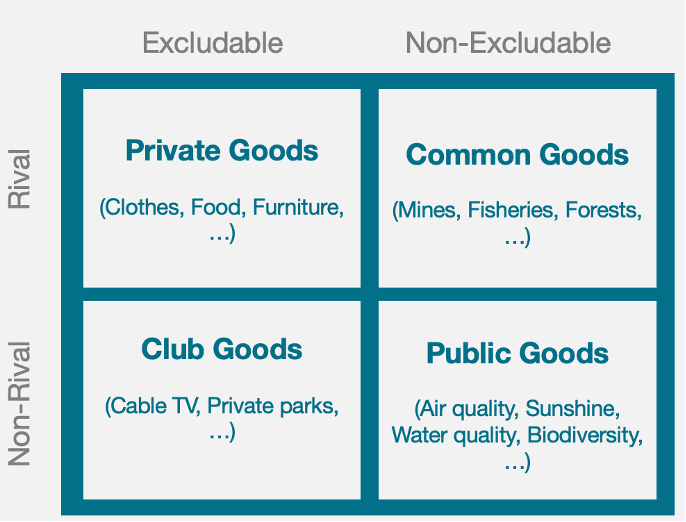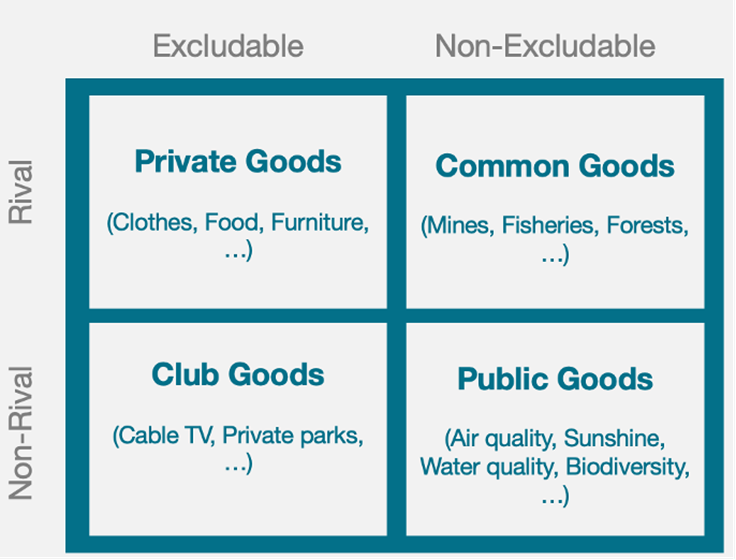Kristof graduated as a Master of Business Engineering at the University of Antwerp in 2018 (major in Corporate Finance and Financial engineering). In his master thesis, he examined the profitability of a momentum strategy on various government bond markets. Kristof joined the team of Econopolis as a Business Analyst in September 2018, focusing on data management and the follow-up of the latest wealth management technologies. Since 2020 Kristof, became Senior Consultant within Econopolis Consulting, a strategic advisory services with a focus on climate and energy transition.
Nature-based solutions - Multiple benefits but limited funding: a paradox?

What are nature-based solutions?
Nature loss lies at the heart of many challenges we face. Think of issues such as climate warming, biodiversity loss, land degradation, water pollution, or disaster risk. One promising approach to address all these challenges is through nature-based solutions: solutions inspired by and supported by nature.
This type of solutions includes a wide variety of measures: the preservation of wetlands, the creation of oyster reefs, the restoration of mangroves along coastlines, the preservation of the Congo basin, or green roofs in cities. How do these measures tackle all these challenges? Let’s take the example of a mangrove forest. Mangrove forests can increase biodiversity, control coastal erosion, moderate the impact of waves on coastal cities and act as a carbon sink. Green roofs are a similar example: they have the potential to sequester carbon, improve biodiversity, abate pollution, and provide cooling in summer. Leveraging nature at scale through all kinds of solutions can therefore have an enormous impact.


Source: Unsplash
What is the global funding status for nature-based solutions?
The latest UNEP report about the “State of Finance for Nature”[1] shows that 140 billion EUR was invested in nature-based solutions in 2022, which is only a third of the investment level needed by 2030 to successfully tackle the different challenges according to UNEP.
One promising channel to increase funding for nature-based solutions are private funding sources. After all, these solutions can yield various benefits for private sectors. For instance:
- Agriculture & drinking water: protection of the freshwater lens that is at risk due to rising sea level rise (and leads to saltwater intrusion)
- Insurance: lower disaster risk
- Tourism & real estate: (potentially) more attractive environment
In 2022, however, only 17% of all funding for Nature-based solutions came from private sources, while 83% was provided by government funds. What explains this gap?
Nature-based solutions vs. the Prisoner’s Dilemma
To explain this, it's essential to understand nature-based solutions as an economic product. In economics, different types of goods are distinguished based on two properties:
- Excludability: To what extent can you exclude people from consuming the good?
- Rivalry: To what extent does the consumption of a good prevent simultaneous consumption by other consumers?
Based on these two properties, we can identify four types of goods:


Source: Econopolis
Private goods are the typical goods you encounter most often, such as cars, furniture, food, and drinks. With food, you can exclude people from consumption, and once you've consumed the food, no one else can consume it. For private goods, ownership can be easily restricted to a group of people or an individual who has purchased it for personal use. On the other end of the spectrum, we find public goods, such as air quality or dykes. These are goods where we cannot exclude usage for a limited set of members of our society. Individuals can therefore not be charged for their use, and if the provision is left to the private sector, public goods tend to be undersupplied in our economy. This is also the case with Nature-based Solutions most of the benefits it offers are non-exclusive and non-rival, such as improved biodiversity, better water and air quality, increased well-being, carbon sequestration, and so on. This makes Nature-based Solutions highly “public good-oriented”.
But what underlies this undersupply of public goods? It is due to the free-rider problem: people have incentives to consume the good without contributing to the cost. This is a coordination problem in the economy, a form of market failure, which leads to a lack of incentives for private parties to provide public goods, despite it leading to greater collective prosperity. In the case of dykes, each individual might reason as follows: "If I can benefit from the safety of the dykes regardless of how much someone else benefits, and if I cannot be excluded from this safety, why should I pay for it?" But if everyone reasons this way, there will soon be no money left to maintain the dykes. They will then fall into disrepair and no longer provide safety. Individual rationality leads to collective irrationality. The Prisoner's Dilemma is perhaps the most well-known thought experiment in this regard.
How can we solve this market failure? The solution to this problem of providing public goods is coordination, which ensures that everyone contributes to the supply of public goods and that the costs and benefits are balanced in a reasonable way. Governments are the primary coordinators in society and can play a crucial role in solving this problem through taxes, subsidies, or regulation. Public goods can also be privatized by issuing tradable certificates, such as biodiversity credits or carbon credits. Finally, governments typically take on the role of coordinator, but other institutions, such as sector federations, can also do this.
To truly implement nature-based solutions, we must be aware of this type of market failure. Only by establishing a framework of appropriate economic incentives, private funding will start to flow into these projects, allowing this solution to scale effectively.
[1] https://wedocs.unep.org/bitstream/handle/20.500.11822/41333/state_finance_nature.pdf?sequence=3